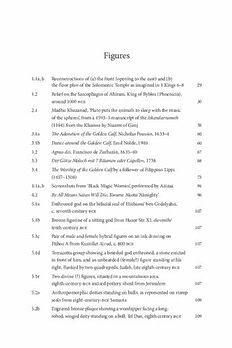
Figurations and Sensations of the Unseen in Judaism, Christianity and Islam: Contested Desires PDF
334 Pages·2016·51.113 MB·English
Most books are stored in the elastic cloud where traffic is expensive. For this reason, we have a limit on daily download.
Preview Figurations and Sensations of the Unseen in Judaism, Christianity and Islam: Contested Desires
Description:
This book is open access and available on www.bloomsburycollections.com. It is funded by the University of Oslo and Utrecht University.Judaism, Christianity and Islam are known to privilege words over images. This book shows, however, that the reality is more complex. Figurations and Sensations of the Unseen explores the complex procedures used to render the invisible as visible and the elusive as tangible in these three traditions. Working from different disciplinary angles, contributors reflect on figuration and sensation in biblical culture, medieval Jewish culture, the imagination of the unseen in Islamic settings, Christian assaults on 'idolatry' in Africa, baroque and modern Church art, contemporary Eastern Orthodox tradition, photography on the East African coast, European opera and literature, and more.The book shows that the three religious traditions have formed sensorial regimes: embodied habits, traditions and standards for seeing, sensing, displaying, and figuring that which could not, or should not, be seen. So, the desire for seeing the invisible and experiencing the beyond are paradoxically confirmed, contested and controlled, by the sensorial regimes in vogue. This carries over even into secularized use of religious figurations in arts and literature.Figurations and Sensations of the Unseen is important reading for scholars of anthropology, religious studies, Jewish studies, Christian studies, Islamic studies, art history, cultural studies, biblical studies and archaeology
See more
The list of books you might like
Most books are stored in the elastic cloud where traffic is expensive. For this reason, we have a limit on daily download.
